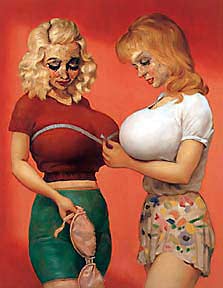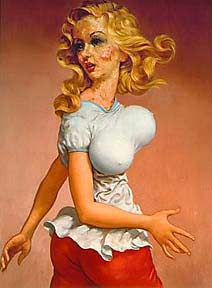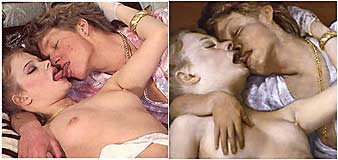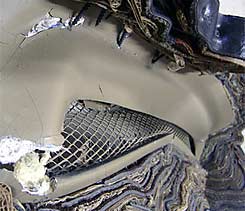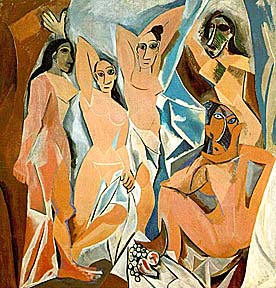Good Art vs. Bad Art?
Can we recognize a distinction between superior and dreadful acting? Are there excellent and appalling films, plays, musical productions? Are there poorly written novels as opposed to brilliantly written ones? What’s the difference between a magnificently choreographed dance performance and an utterly miserable one, or a fantastic music concert over an awful one? Most people reading this would not sit through a play or a movie that made use of dull, talentless actors, nor would they waste their time reading a book written by someone who possessed little or no innate ability as a writer.
Yet, how do we discern the good from the bad? Surely everyone reading this understands the question as one of subjective opinion - but how do we arrive at such opinion? We use standards as part of our criteria. For creative types, distinctions are made through shared experience with colleagues and mentors - based on education, ability, love of craft, practice, mastery of skills and an accepted set of standards. Every guitarist can recognize a good player over a bad one, every drummer can differentiate the poseur from the proficient. One never hears the question asked, "Is there such a thing as Bad Music?" It’s a query not open to discussion as everyone already knows the answer. Of course there is bad music, and most recognize and avoid it.
But when it comes to the so-called "fine arts," suddenly everyone looses the ability to judge! Only in the rarified, ivory tower fine art world will you hear the question, "Is there such a thing as Bad Art?" The same question is never asked in the art departments of major advertising design firms and agencies, because there is a keenly honed objective at stake - communicating with an audience. Bad design and illustration are anathema in that industry, where skill and craft are highly prized and engaging a mass audience is the primary goal. Fine artists will always avoid the compromises that commercial artists have to make when bowing to the whims and aims of their clients, but to tell the truth - it’s today’s money hungry "blue-chip" art stars who have shamelessly abandoned art for commerce.
How on earth have we come to the point where professional artists have been reduced to babbling over whether there is such a thing as bad art? Have we really sunk so low that we can no longer make such distinctions? We understand the concept of good and bad food, fashion, car mechanics and doctors - but when it comes to art we are suddenly clueless. Fine art is contemplative and by necessity appeals to the individual or small groups of people, but just when did contemporary artists develop such a bristling contempt for public opinion - when did we give up on communicating with a mass audience?
Postmodernism has eradicated all standards and criteria, leveling differences between skilled and unskilled, demolishing the walls between visionary and vacuous, proclaiming craft and skill to be outmoded things and declaring everything and anything as art… an unmade bed, a pile of bricks, being shot before a live audience, or canning and selling one’s own excrement. In such a context it’s a bit difficult to talk about "good" versus "bad." Moreover, we’ve been bullied into accepting it all by legions of postmodernist critics, curators, art institutions, academics, and droves of oh-so-hip sycophantic artists.

But the postmodern view is not written in stone as a universal truth, quit the opposite - since it denies the very existence of verifiably truths. There are actual historic and material reasons for artists having arrived at the morass we find ourselves in; and Remodernists insist that the way forward for today’s artist is to unravel the past, not so as to relive it, but to better chart a course for the future of art.
